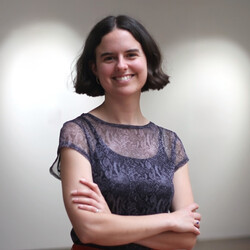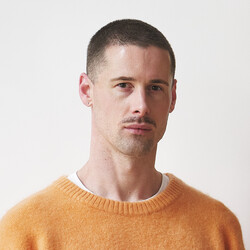B.201
B.
Bulletin
New Zealand's leading
gallery magazine
Latest Issue
B.22001 Jun 2025
Contributors

Director's Foreword
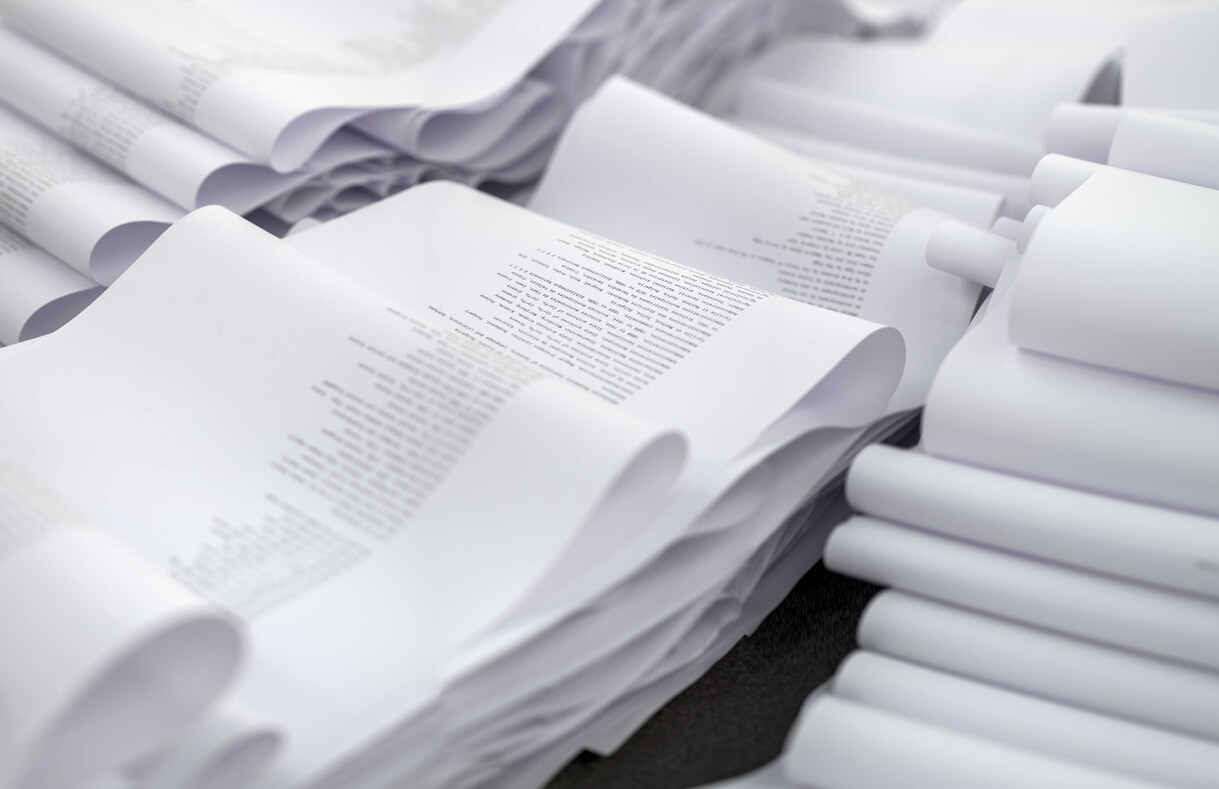
Director's Foreword
In mt last Bulletin foreword we looked backward, celebrating 200 issues and more than forty years of publishing. This time I want to use this space to look forward, and to think about what role this magazine will fill in the coming years. I want Bulletin to increasingly develop as a place for ideas, experiments and opinions. The writing in its pages will be guided by the Gallery’s programme, but we aim to expand upon the ideas and themes in an accessible manner. We want to aim high and continue to develop our readership as we believe Bulletin is one of the best and most readable art magazines in New Zealand.
Commentary
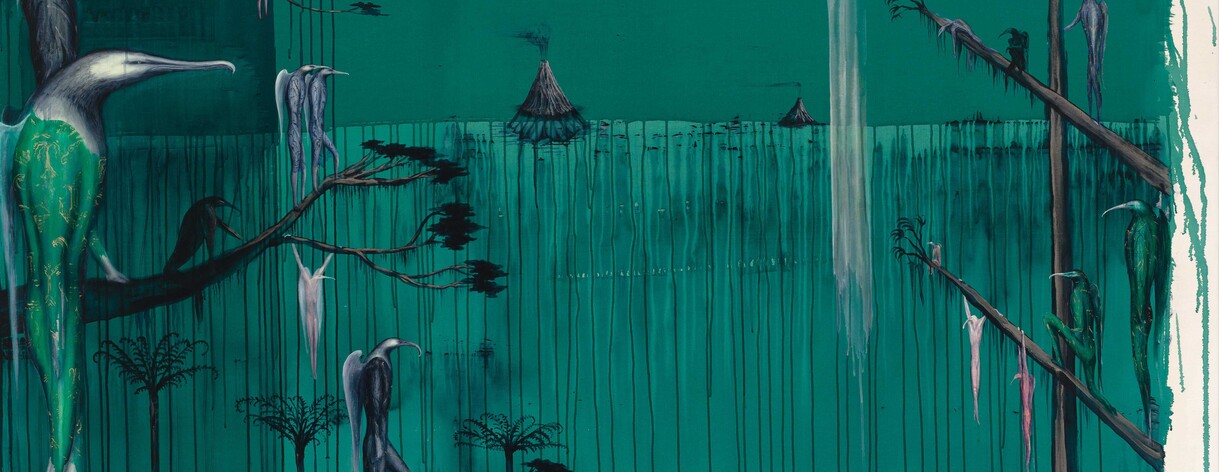
The Edge of the Sea
A vision of New Zealand’s past from 1995:
Europeans first imagined New Zealand as “a garden and a pasture in which the best elements of British society might grow into an ideal nation”... When the smoke of the colonists’ fires cleared at the end of the 19th century, New Zealand had become a different country. Māori had lost their most precious life-support system. Only in the hilliest places did the forest still come down to the sea. Huge slices of the ancient ecosystem were missing, evicted and extinguished. Our histories, however, have had neither the sense of place nor ecological consciousness to explain what has happened.
Commentary
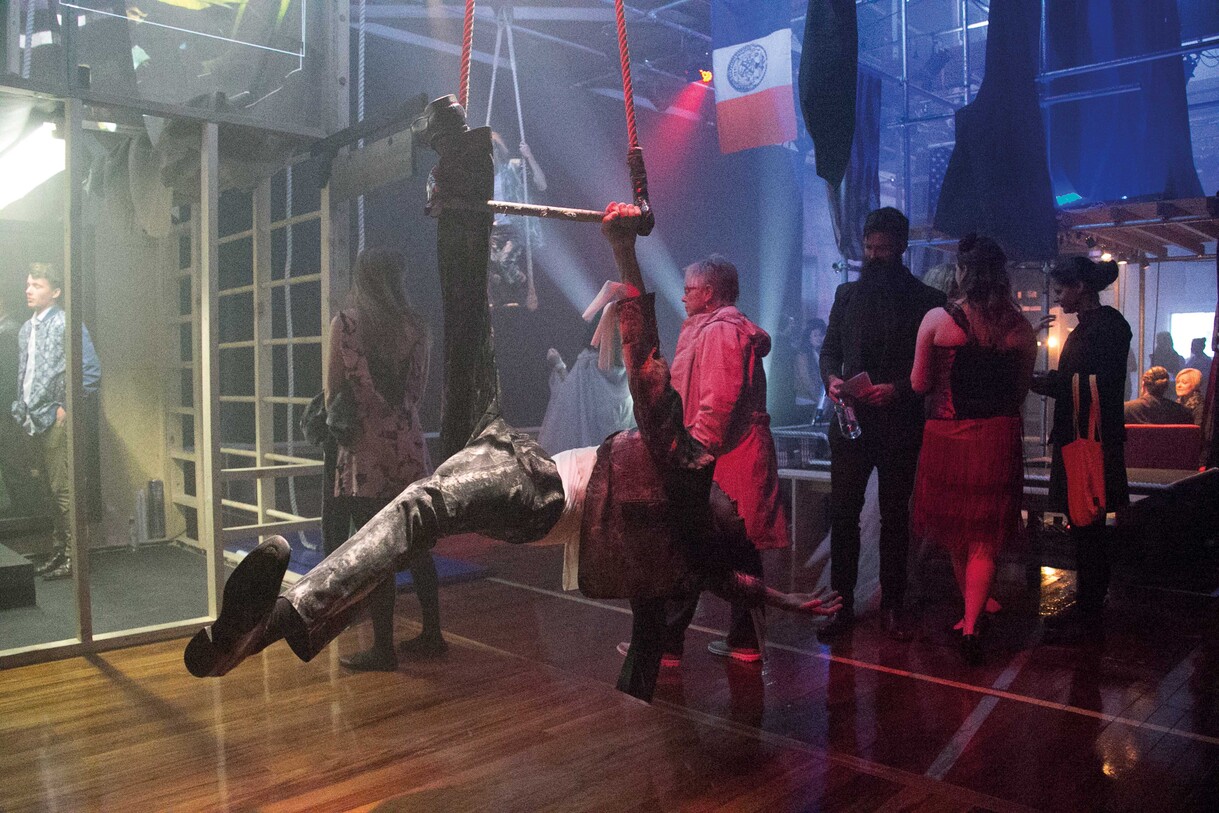
Artists Should Be Giving Business Advice
There has been a healthy debate going in relation to Germany’s Covid-19 emergency fund, which allocated the equivalent of NZ$900 million to artists and freelancers, with extra support from the Berlin municipality, leading some to call it an ‘arts-led’ (as opposed to ‘business-led’) approach to recovery. Some in Germany are claiming this will have better long-term economic outcomes, whilst addressing social and wellbeing recoveries at the same time. Others – without necessarily denying the first claim – fear gentrification and the instrumentalisation of arts, when it’s overtly being used as a tool for the economy.
Interview
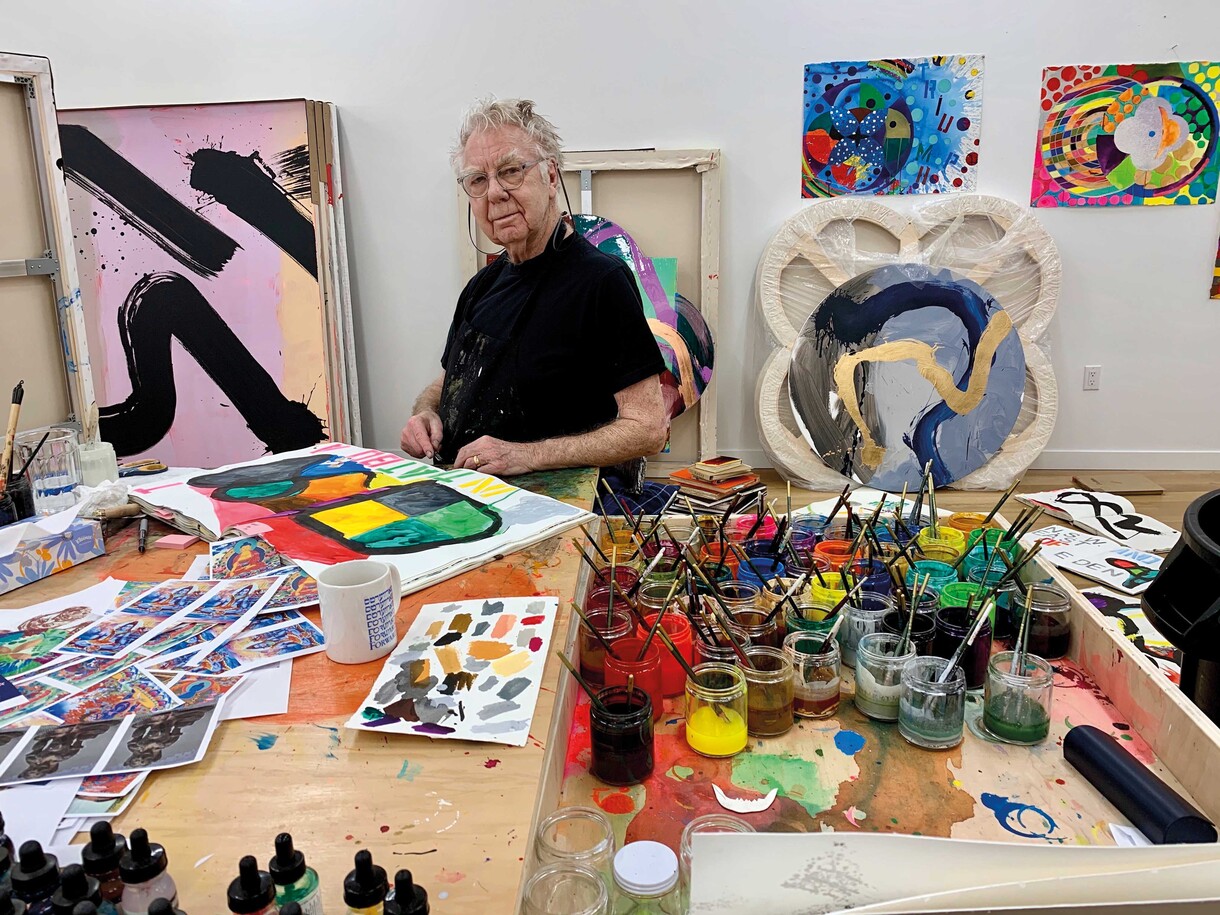
Take the ‘A’ Train
Peter Vangioni: It’s late June, and you haven’t been outside for 16 weeks? Is that right? How are you and Barbara coping with the shelter in place order and are you able to work under these conditions?
Max Gimblett: Well, I’ve been out to put the garbage out twice a week—I cross the pavement and come back to the door. Some people are out there walking with their masks. Barbara is super cautious, you know because of our age, we can’t even come close to anybody. But we are doing very well in this lockdown, and have no plans to leave the loft.
Commentary

Temples for Curious Minds
I want to tell you a story. A ‘curiodyssey’ (which by the way, I thought I’d made up but is the name of an actual museum in California). So, a curiodyssey of happy places, told through the science of wellbeing.
My Favourite
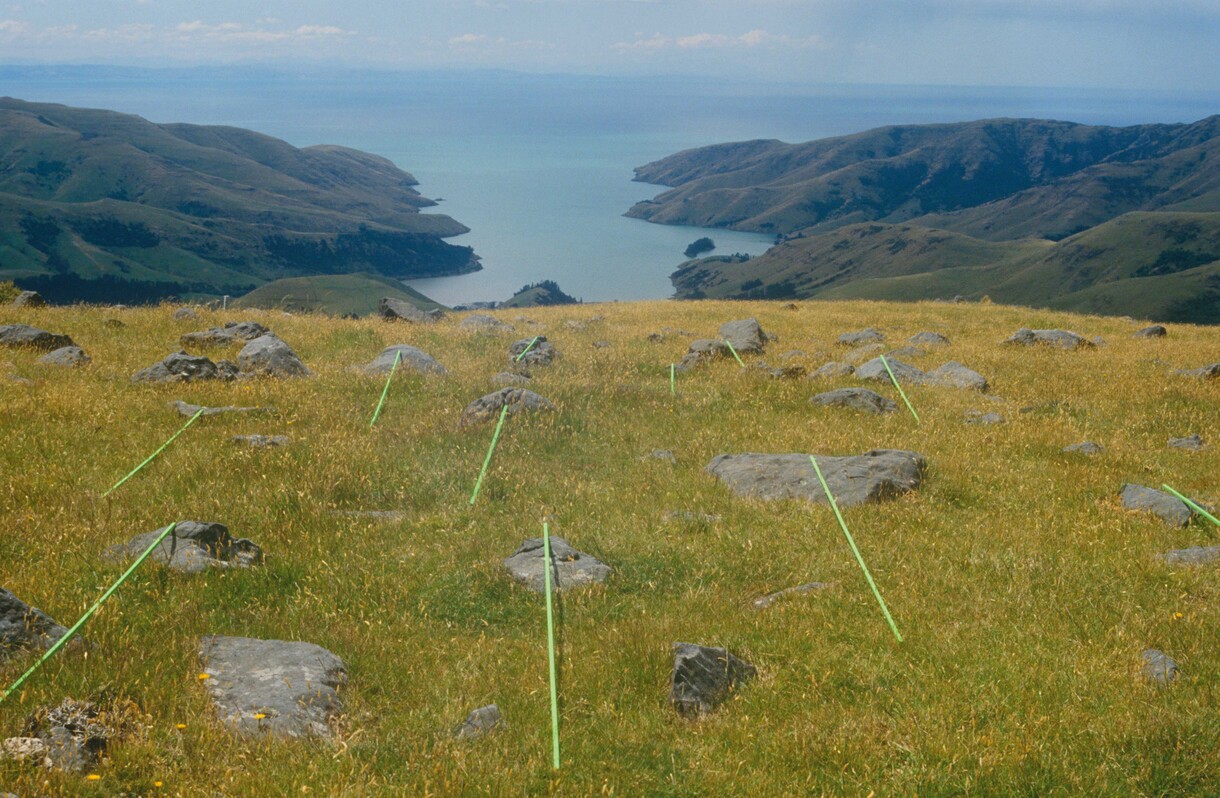
Pauline Rhodes – Land Extensums, Banks Peninsula
I only have to set a direction towards Horomaka Banks Peninsula, and I feel an energy, a charge. The ritual of a takeaway coffee at Wairewa Little River. A flicker of shadows from the centenary lime trees lining the road at Cooptown. Picking up speed to begin the swinging ascent to the Crater Rim. A rush of air, sweeping up over the summit and along the wide expanse of the Peninsula, hilltops encircling a traveller like comforting arms.
Commentary
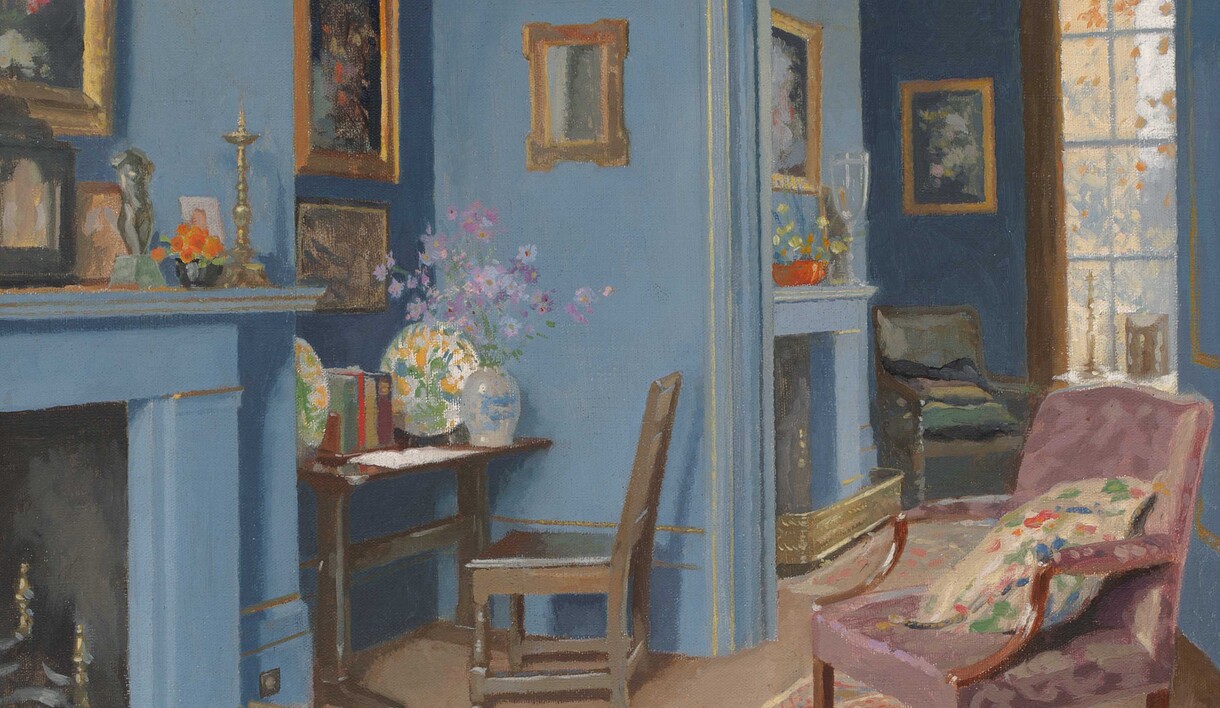
Safe Houses, Comfort Zones
In an age of crisis and pandemic, our basic human need to remain safe has seen living spaces transformed into protection zones and shells to pull back into. So it is perhaps unsurprising to see pictures of domestic interiors charging up differently, re-emerging as sites of refuge, confinement and familiar disarray. Here curator Ken Hall looks at two works from the exhibition Persistent Encounters.

